Xom Moi - where my family lived - had only more than twenty houses, scattered along the right bank of a small lake with slow water. My grandfather said that when he was young, when he followed the villagers to live here, he saw this lake. Later, the lake was named after the village, clear all year round, providing cool water for the villagers.
Living by the lake, almost every family has a pair of nets, a fishing rod and a small boat. When free in the late afternoon or during the flood season, the uncles and brothers in the neighborhood invite each other to go fishing and spread nets. The children chatter on the shore or play under the trees, their laughter spreading with each ripple. The scene is so poetic and peaceful.
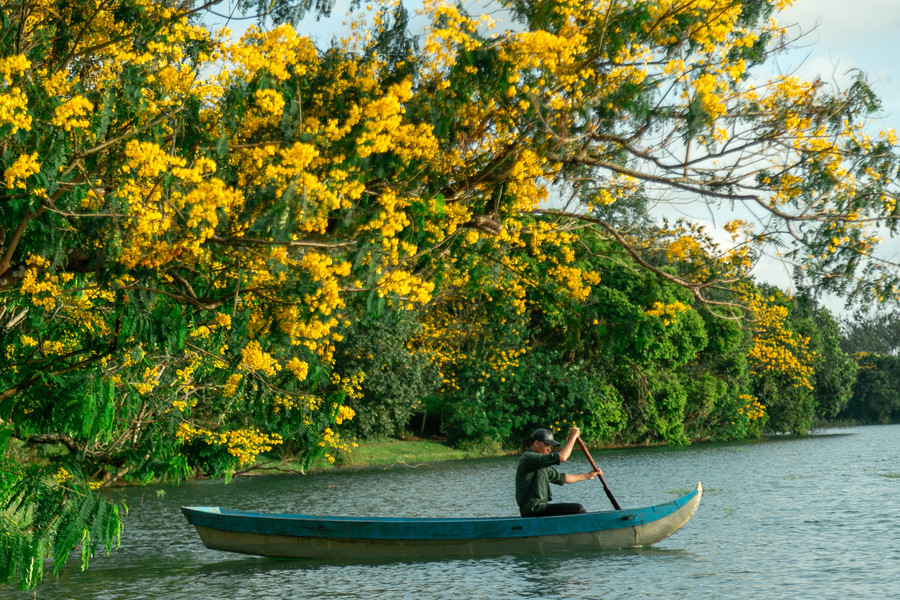
Leaving their hometown to make a living in a new land, residents like my grandfather still did not forget their roots, did not abandon their old profession - tea growing. Therefore, after about ten years of hard work, on the left bank of the lake of Hamlet Moi, there was a lush green tea field. The yellow cassia trees also connected, gradually appearing in the tea field and along the lake shore since then.
The yellow poinciana tree is not a native tree of my country. My grandfather told me that in the early years of the last century, the French brought seeds from the far South, where it was hot and dry, to try planting them in tea plantations to block the wind and preserve the soil. Unexpectedly, the yellow poinciana tree took to the red basalt soil, growing gently and persistently like the people here. The tree trunk is straight, the canopy is round, and the flowers bloom brilliantly yellow all over the area. And then, the yellow poinciana tree transformed into the soul of the tea fields, blending into the life of tea growers through many rainy and sunny seasons. Under the shade of the yellow poinciana tree, people rest, drink strong tea, and tell each other a few stories about this place.
Over time, beyond the original purpose of planting to block the wind, the rows of yellow poinciana trees gradually became deeply imprinted in the minds of the people in the small hamlet. It was not under the shade of yellow poinciana trees that many generations of people grew up, like my father, my aunt, or the uncles and aunts of Mr. Ca's family at the head of the lake, and Mrs. Nam's family at the end of the hamlet. It was not under the shade of yellow poinciana trees that my sisters and I grew up day by day and had a memorable childhood with our friends in the hamlet.
Years passed, tea harvests filled with rhythmic laughter followed. Many seasons of flowers blooming and fading, blooming brightly and then fading into the ground and continuing to nurture the next seasons. And then, year after year, month after month, those rows of trees became more and more deeply ingrained in the nostalgia of the people of the countryside each time they were away from home. Therefore, the question “How are the tea fields now, how are the muong trees now?” became a familiar phrase of the people of the New Hamlet in their conversations.
When talking about the yellow poinciana tree, my mind is still filled with images of layers of branches leaning down to the lake, golden yellow in the autumn afternoons of October. The petals fall, forming a thin layer like a silk carpet along the path along the shore. Sometimes, just walking a little slower, listening to the sound of the petals gently falling is enough to feel my heart calm down, strangely peaceful.
My grandfather used to say that every time the yellow poinciana tree blooms, the world seems to enter a different rhythm, clearer, lighter, and more youthful. The children wait for that season to gather together to pick flowers and make headbands, playing under the shade of the tree, forgetting that the sun has turned to afternoon. One time when I returned, I stood for a long time under the old poinciana tree at the lake's edge, where my grandfather used to sit and roll tobacco every morning. The wind blew, the clusters of yellow flowers swayed, gently falling on my shoulders, reminding me of a time long gone.
I suddenly thought, perhaps human memories are like the seasons of flowers that bloom, fade, and bloom again, never disappearing completely. Under the shade of the yellow poinciana trees, those who have gone far away still look back to find their own reflection in the flowers of the past. Perhaps that is why the rows of yellow poinciana trees are still the warmest memory of many people's childhoods.
Until now, when someone mentions “the tea hills of Xom Moi”, people will immediately think of the yellow poinciana trees reflecting on the lake. Just looking at the color of the poinciana flowers, you know that the new season is coming, the tea scent will be more fragrant, the lake water will be clearer. Under the shade of the yellow poinciana trees, the laughter of my grandfather, my aunt, and the people of Xom Moi mixed with the sound of the wind, the sound of swallows calling their flocks above, as if the earth and sky were also in sync in the season of love.
Source: https://baogialai.com.vn/duoi-bong-muong-vang-post569314.html



![[Photo] Closing ceremony of the 18th Congress of Hanoi Party Committee](https://vphoto.vietnam.vn/thumb/1200x675/vietnam/resource/IMAGE/2025/10/17/1760704850107_ndo_br_1-jpg.webp)





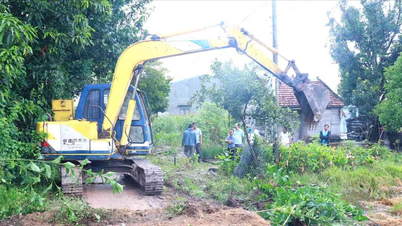

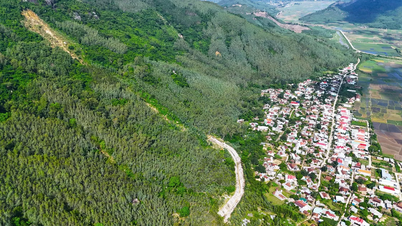
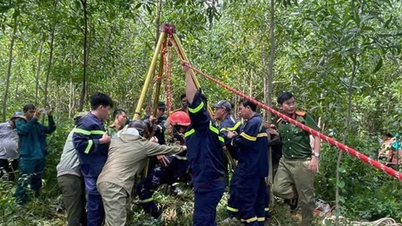



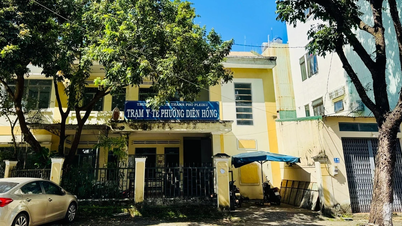
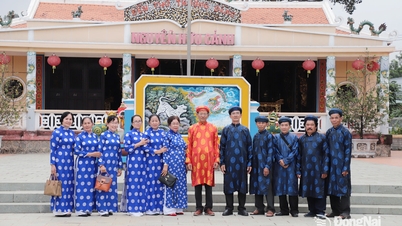






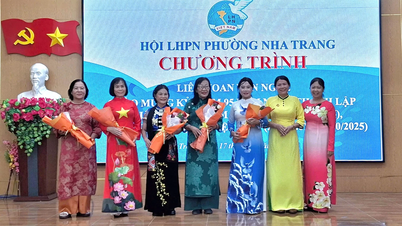







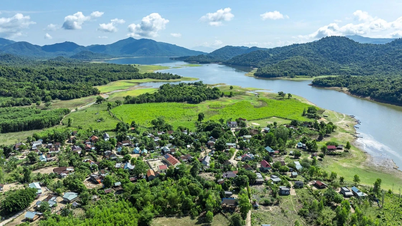



![[Photo] Nhan Dan Newspaper launches “Fatherland in the Heart: The Concert Film”](https://vphoto.vietnam.vn/thumb/1200x675/vietnam/resource/IMAGE/2025/10/16/1760622132545_thiet-ke-chua-co-ten-36-png.webp)




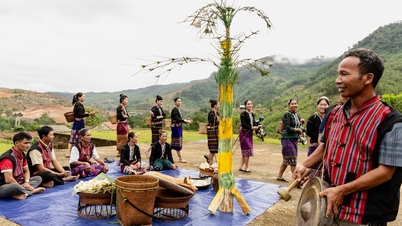



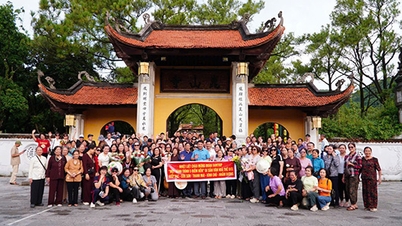




































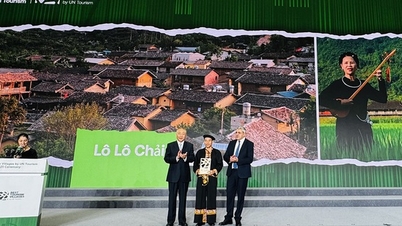







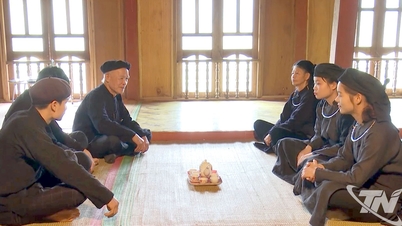

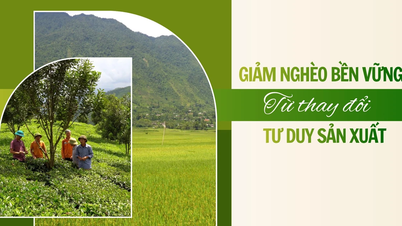


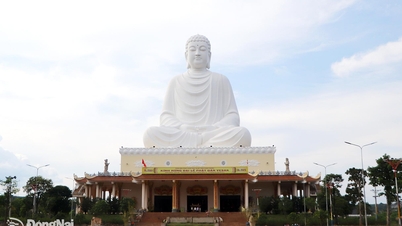
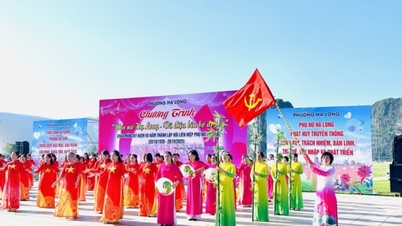



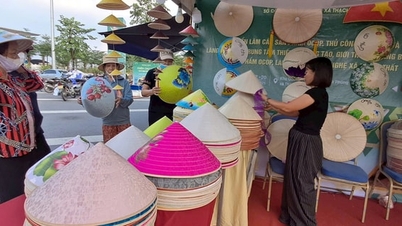











Comment (0)